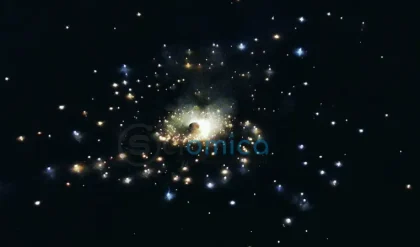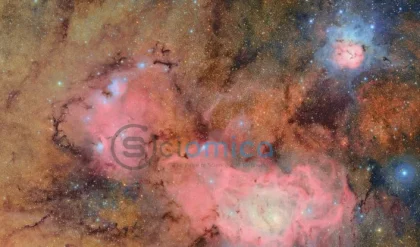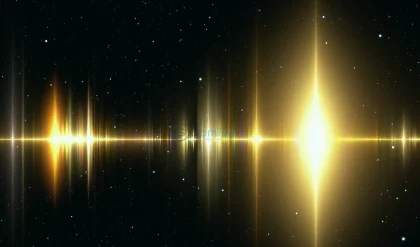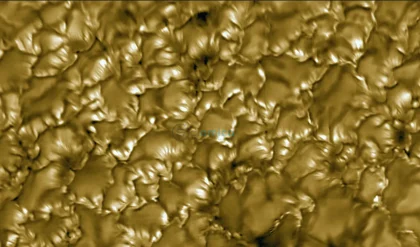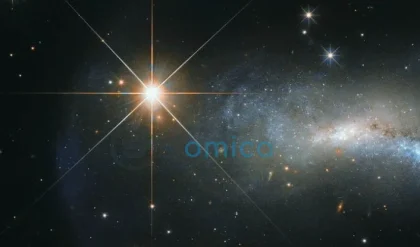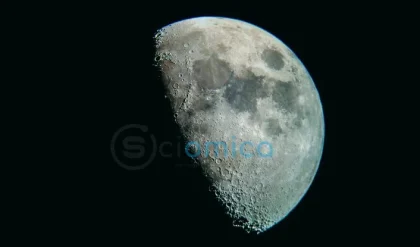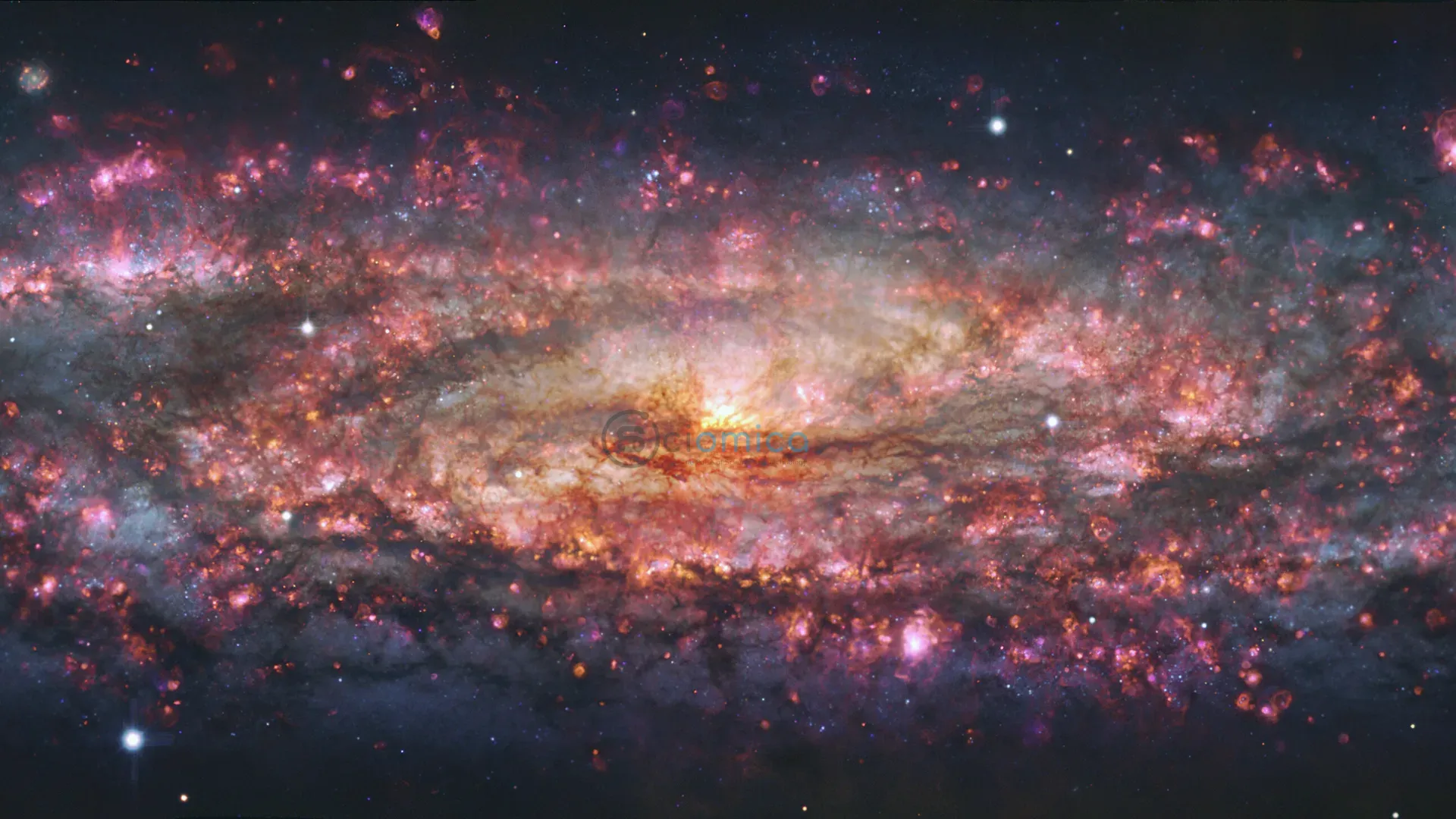
Astronomers have achieved a significant breakthrough in understanding the Sculptor Galaxy by producing an ultra-detailed image that reveals a multitude of previously unseen features. Utilizing the European Southern Observatory’s Very Large Telescope (ESO’s VLT), the team conducted observations of the nearby galaxy, known as NGC 253, capturing data in thousands of colors simultaneously. This ambitious undertaking allowed researchers to create a comprehensive snapshot showcasing the vast lives of stars within the Sculptor Galaxy.
According to lead researcher Enrico Congiu from ESO, the intricate structures of galaxies continue to pose challenges for scientists seeking to unlock their complexities. The Sculptor Galaxy holds a unique position for study, providing astronomers with a clear view of both its internal structure and its larger system. With spans reaching hundreds of thousands of light-years, analyzing galaxies requires attention to finer scales, and Sculptor provides an ideal canvas for this research.
The distinct attributes of stars, gas, and dust within a galaxy enable them to emit light across various colors. Consequently, the new imaging technique employed by Congiu and his team greatly enhances the richness of color in their observations, allowing for deeper insights into the galaxy’s composition, age, and stellar motions. Traditional imaging methods generally captured only a handful of colors, while this new approach incorporates thousands, providing a much clearer picture of the Sculptor’s dynamics.
To create this expansive map of the Sculptor Galaxy, which lies approximately 11 million light-years away, the team utilized the Multi Unit Spectroscopic Explorer (MUSE) instrument on the VLT, dedicating over 50 hours to the project. This rigorous process required stitching together more than 100 individual exposures, covering an impressive area of about 65,000 light-years wide.
Co-author Kathryn Kreckel from Heidelberg University emphasized that the new map serves as a powerful analytical tool. The researchers can zoom in to investigate specific regions where star formation occurs, even to the level of individual stars, while still being able to observe the galaxy as an integrated whole.
In their preliminary analysis, the team discovered around 500 planetary nebulae, or regions of gas and dust expelled from dying Sun-like stars, within the Sculptor Galaxy. Co-author Fabian Scheuermann, a doctoral student at Heidelberg University, noted that such a high number stands in stark contrast to typical findings, which usually yield fewer than 100 detections per galaxy beyond our local group.
These planetary nebulae can provide critical distance markers for their respective galaxies. Adam Leroy, a professor at The Ohio State University and co-author of the study, explained that cataloging these nebulae helps researchers verify the distance to the Sculptor Galaxy, which is crucial for further scientific exploration.
Future studies utilizing this detailed map will delve into how gas flows, alters its composition, and gives rise to star formation throughout the galaxy. Congiu expressed that understanding how these small-scale processes can significantly influence a galaxy that is thousands of times larger remains one of the ongoing mysteries in the field.
The findings from this research have been accepted for publication in the journal Astronomy & Astrophysics, marking a vital contribution to our comprehension of celestial formations and behaviors across the universe. The collaborative team behind the study spans multiple prestigious institutions across Europe and the United States, highlighting the global nature of the astronomical research community.

